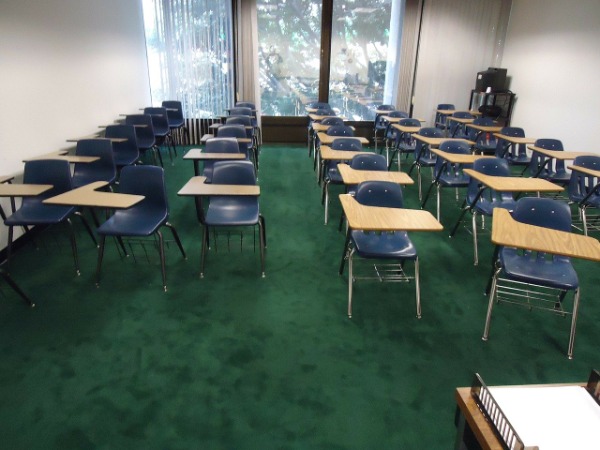Moderating Content and Freedom of Speech

Image by JamesDeMers from Pixabay
The social media platforms are finally turning off the opportunities for President Trump and many others to pump out misinformation and foment violence. Twitter and Facebook get the most attention because of their audience sizes, but there are lots of other places less obvious for those conversations and misinformation disguised as truthful information.
The right-wing app Parler has been booted off the Internet over ties to the siege on the U.S. Capitol. As the AP reported, "...but not before digital activists made off with an archive of its posts, including any that might have helped organize or document the riot. Amazon kicked Parler off its web-hosting service, and the social media app promptly sued to get back online, telling a federal judge that the tech giant had breached its contract and abused its market power. It was a roller coaster of activity for Parler, a 2-year-old magnet for the far right that welcomed a surge of new users. It became the No. 1 free app on iPhones late last week after Facebook, Twitter and other mainstream social media platforms silenced President Donald Trump’s accounts over comments that seemed to incite Wednesday’s violent insurrection."
Is that an attack on freedom of speech?
As Amber MacArthur wrote recently in her newsletter, "It's easy to say that moderating content is an attack on freedom of speech, but many fail to realize that freedom of speech does not mean freedom from consequences. Moreover, private businesses do have the right to set their own rules of engagement, which in the case of social media platforms is often outlined in their Terms of Service."
Germany - which has tighter controls on hate speech than the U.S. - nevertheless had Chancellor Angela Merkel saying that Trump’s eviction from Twitter by the company is “problematic.” Merkel’s spokesman, Steffen Seibert, sent a kind of mixed message saying that operators of social media platforms “bear great responsibility for political communication not being poisoned by hatred, by lies and by incitement to violence” but also that the freedom of opinion is a fundamental right of “elementary significance” and that “This fundamental right can be intervened in, but according to the law and within the framework defined by legislators — not according to a decision by the management of social media platforms. Seen from this angle, the chancellor considers it problematic that the accounts of the U.S. president have now been permanently blocked.”
Opinions in America are probably also pro and con with people on either side and some who are partially on both sides, like Merkel's opinion.
Jillian C. York says "Users, not tech executives, should decide what constitutes free speech online. Social media companies aren’t very good at moderating speech. So why do we ask them to?" She continues: "...While some pundits have called the decision unprecedented—or “a turning point for the battle for control over digital speech,” as Edward Snowden tweeted —it’s not: not at all. Not only do Twitter and Facebook regularly remove all types of protected expression, but Trump’s case isn’t even the first time the platforms have removed a major political figure. Following reports of genocide in Myanmar, Facebook banned the country’s top general and other military leaders who were using the platform to foment hate. The company also bans Hezbollah from its platform because of its status as a US-designated foreign terror organization, despite the fact that the party holds seats in Lebanon’s parliament. And it bans leaders in countries under US sanctions."
I think Snowden's sense of a turning point is correct, but it's not clear into which direction we will be turning.
 The coronavirus has been an unexpected disruptor to education around the globe. In March 2020, most institutions K-20 started canceling in-person classes and moving to online-only instruction. The pandemic is also disrupting things on campuses outside classrooms and labs. Admissions and enrollment, athletics, and many social and campus community activities have been halted or severely altered. Financial instability from unexpected costs and reductions in revenue touch on all aspects of school operations.
The coronavirus has been an unexpected disruptor to education around the globe. In March 2020, most institutions K-20 started canceling in-person classes and moving to online-only instruction. The pandemic is also disrupting things on campuses outside classrooms and labs. Admissions and enrollment, athletics, and many social and campus community activities have been halted or severely altered. Financial instability from unexpected costs and reductions in revenue touch on all aspects of school operations.  The second half of the 2019-2020 school year was abnormal. It's hard to imagine a grade level where teaching and learning will return to what it was a year ago. The most obvious change has been around using online learning. This summer there have been many stories about schools K-20 making plans for this fall. Some of them
The second half of the 2019-2020 school year was abnormal. It's hard to imagine a grade level where teaching and learning will return to what it was a year ago. The most obvious change has been around using online learning. This summer there have been many stories about schools K-20 making plans for this fall. Some of them